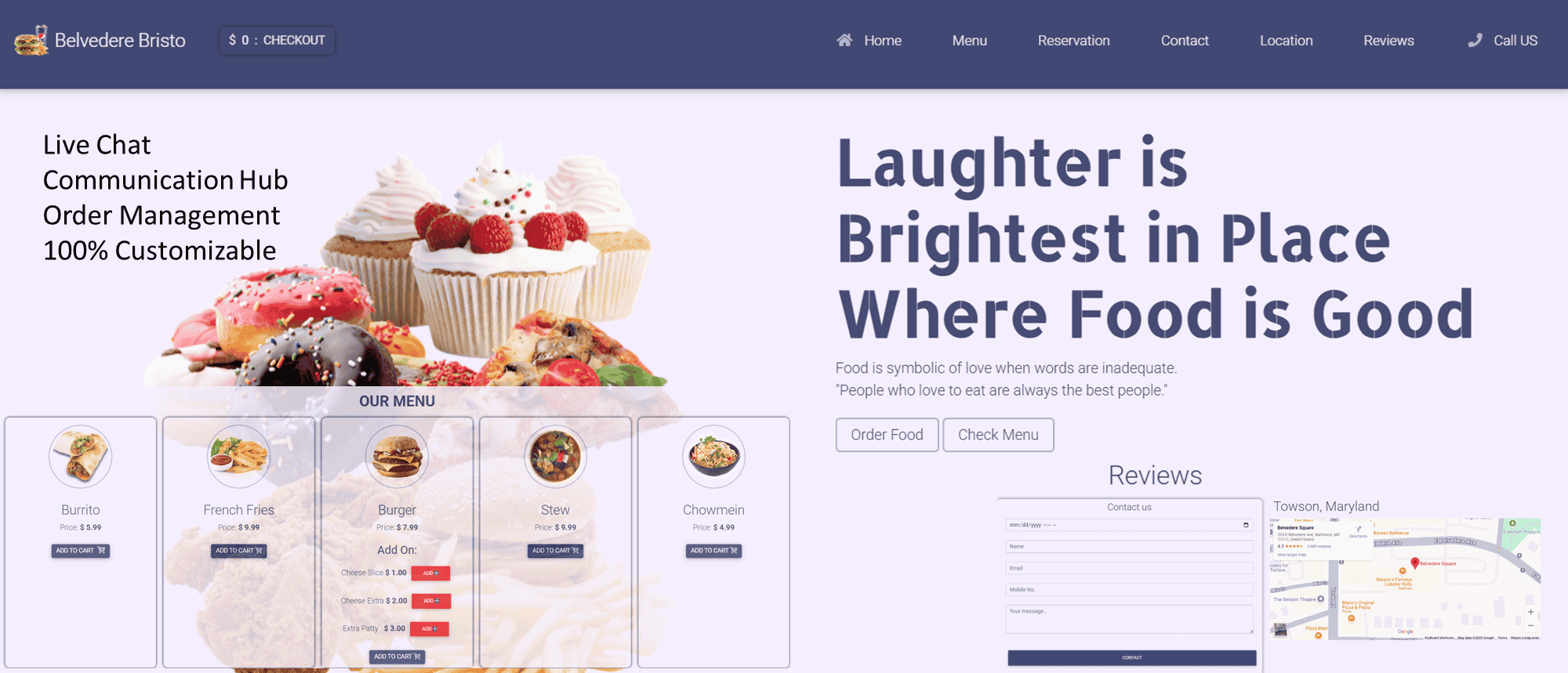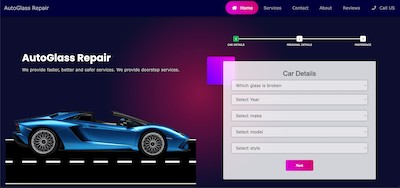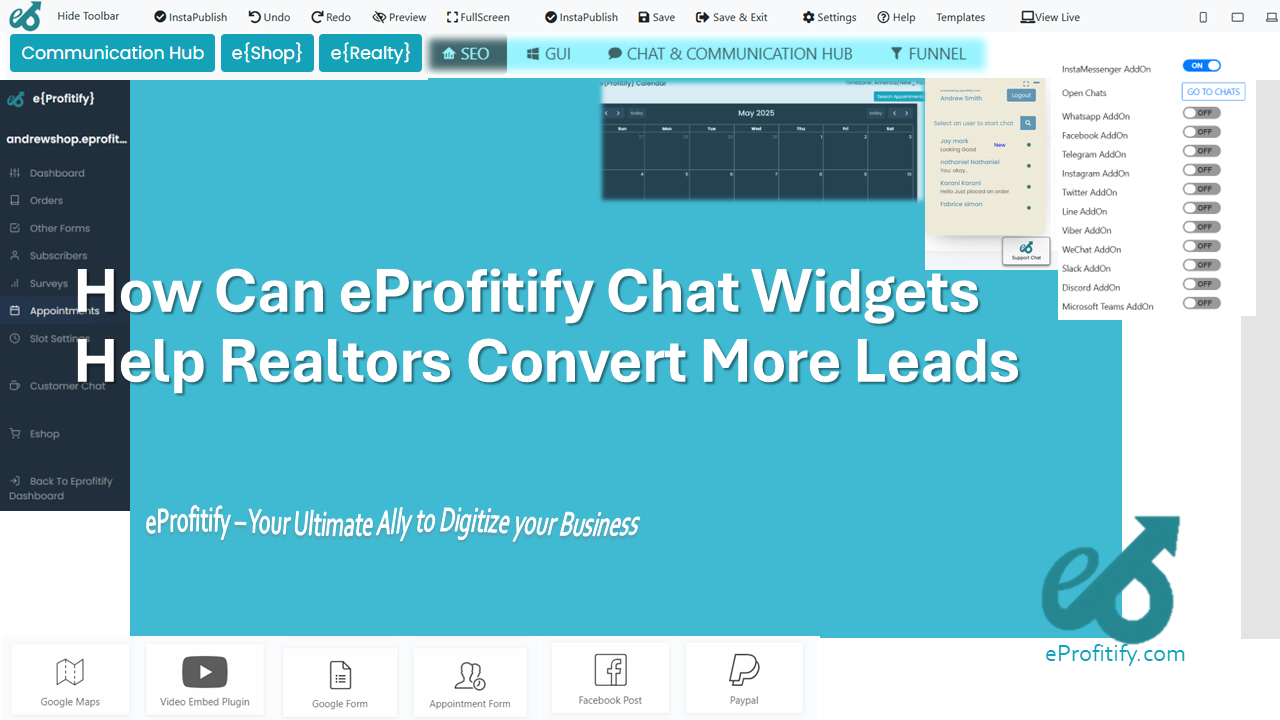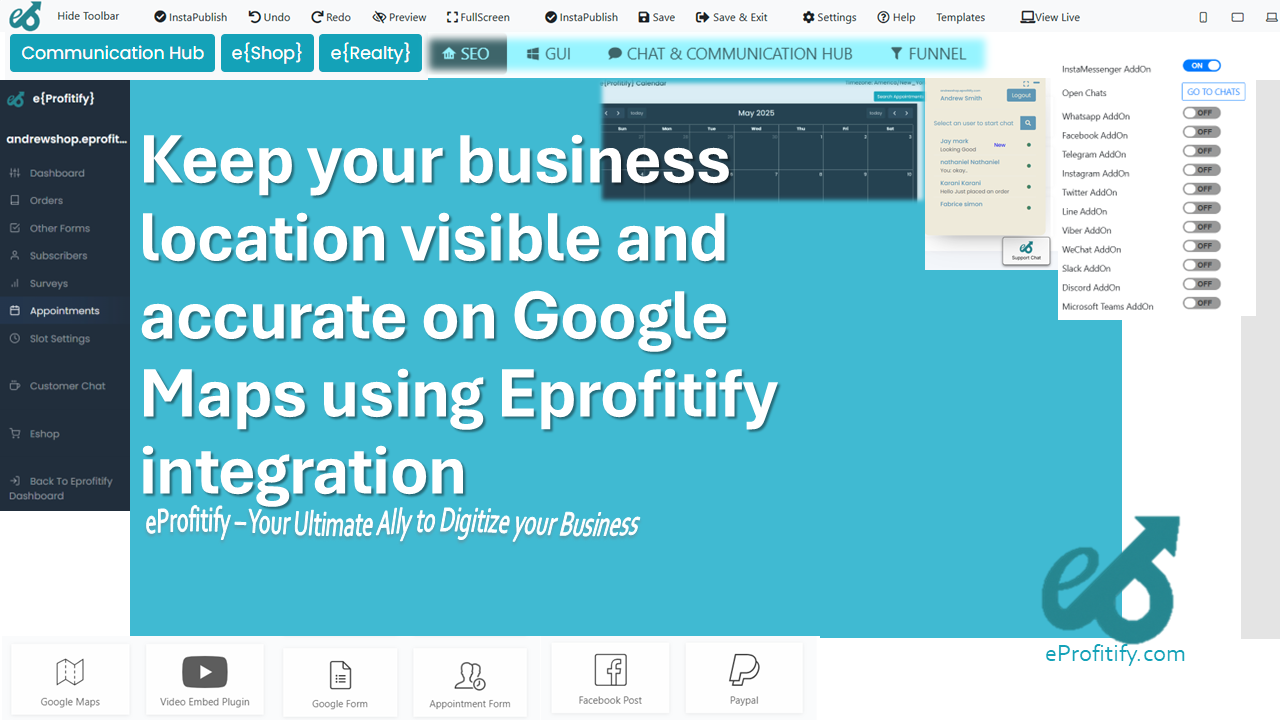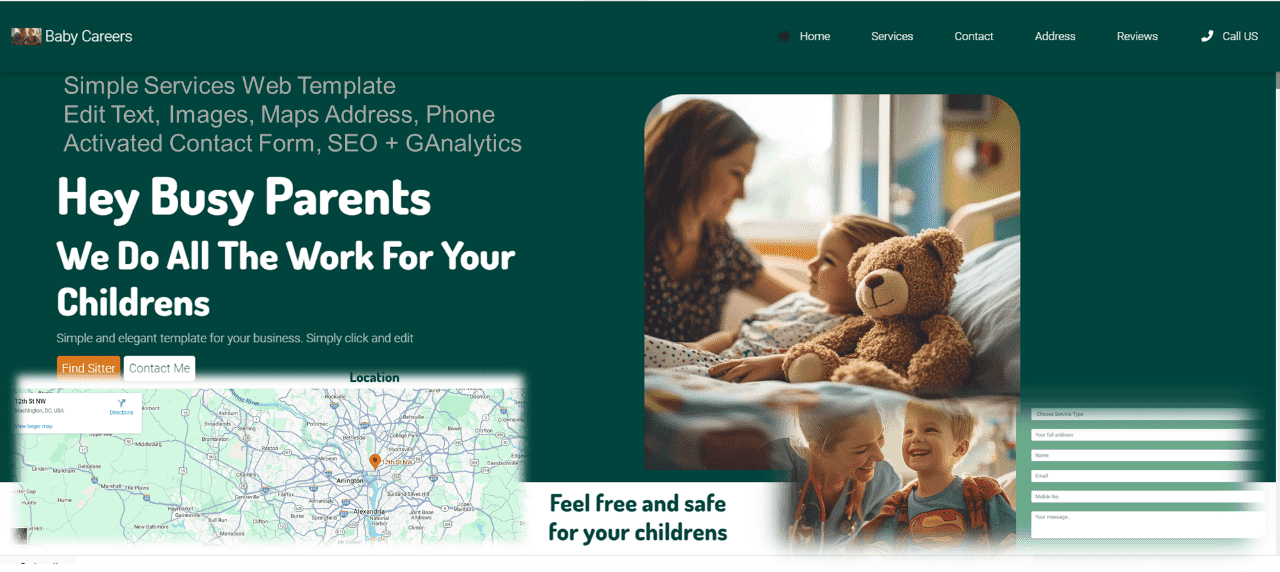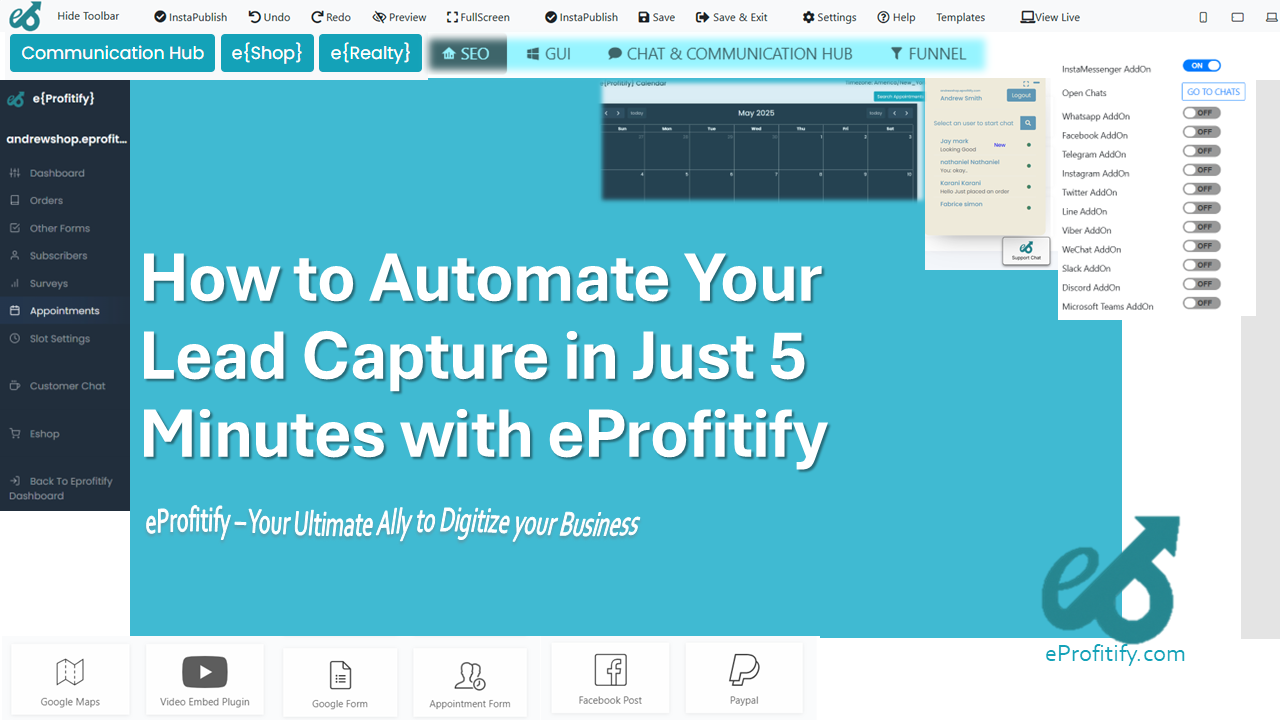How to Create Electronic Employment Contracts with eDocuflow
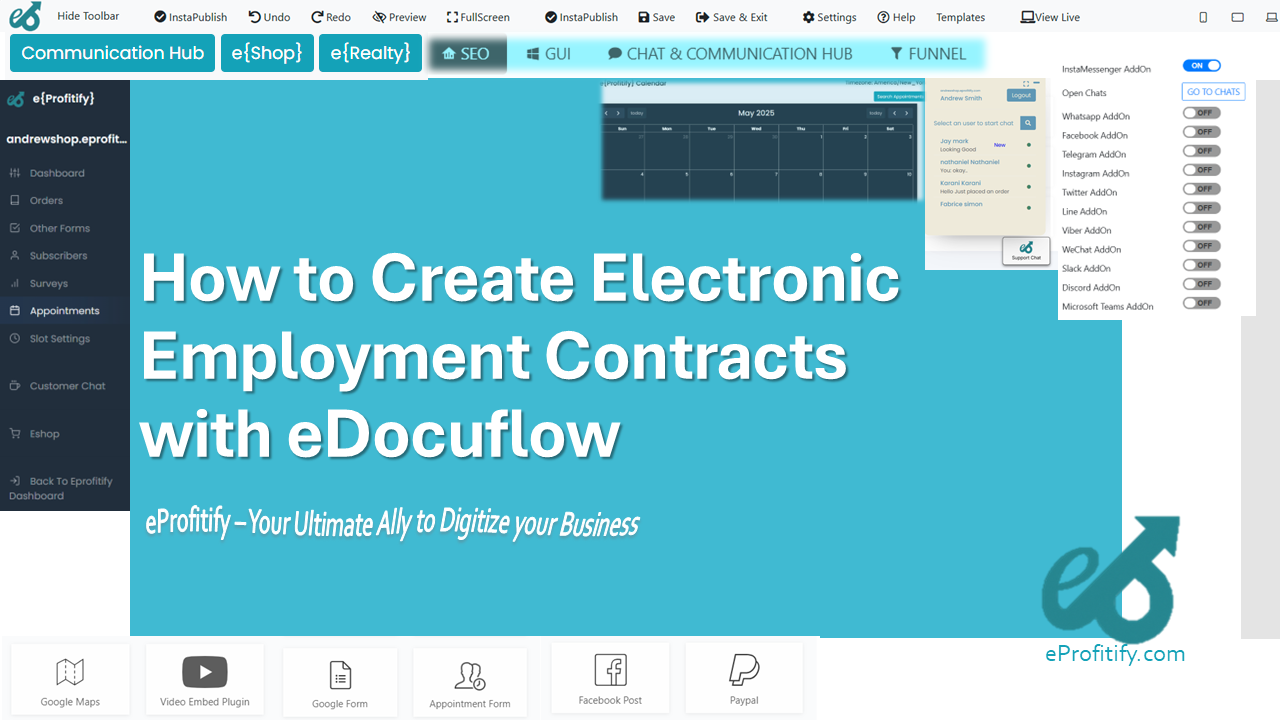
Schedule a LIVE Zoom call with an eProfitify Expert.
The modern workplace has undergone a digital transformation, with businesses increasingly adopting paperless solutions to streamline operations. One area where this shift is particularly impactful is human resources, specifically in the creation and management of employment contracts. Traditional paper-based contracts are time-consuming, prone to errors, and difficult to track. Enter eDocuflow, a robust electronic document management platform designed to simplify the creation, execution, and storage of employment contracts. When integrated with eProfitify—a leading website publishing and management tool offering features like instant messaging, appointment scheduling, ecommerce, and CRM—businesses can achieve a holistic digital ecosystem that enhances efficiency and compliance.
The Rise of Electronic Employment Contracts
According to a 2023 report by Statista, 65% of organizations worldwide have transitioned to digital contract management systems, citing a 40% reduction in administrative costs and a 30% decrease in processing time. The global e-signature market, valued at $4.1 billion in 2022, is projected to grow at a compound annual growth rate (CAGR) of 34% through 2030, underscoring the accelerating adoption of paperless solutions. Electronic employment contracts eliminate manual errors, accelerate onboarding, and ensure compliance with labor laws. For instance, a PwC study found that digitizing HR processes reduces contract-related disputes by 50%, as automated workflows standardize terms and improve clarity.
Creating Electronic Employment Contracts with eDocuflow
Step 1: Platform Setup and Template Customization
eDocuflow allows users to create accounts within minutes. Businesses can upload existing contract templates or use pre-designed, legally compliant templates tailored to regional regulations. The drag-and-drop editor enables customization of clauses,薪资结构, and job responsibilities. A 2022 Gartner survey revealed that companies using customizable templates reduced contract drafting time by 70%.
Step 2: Collaborative Editing and Approval Workflows
Stakeholders can collaborate in real time via eDocuflow’s cloud-based platform. HR teams, legal advisors, and department heads review contracts, add comments, and suggest revisions. Automated approval workflows ensure contracts move seamlessly from draft to finalization. Research by Aberdeen Group shows that businesses using collaborative tools like eDocuflow cut contract cycle times by 45%.
Step 3: Secure E-Signature Integration
eDocuflow integrates with e-signature solutions like DocuSign and Adobe Sign, enabling remote signing. Employees receive secure links to review and sign contracts digitally, with audit trails tracking every action. This feature is critical for global teams; a McKinsey report notes that 78% of remote employees prefer digital signing over in-person processes.
Step 4: Centralized Storage and Compliance Management
Signed contracts are stored in encrypted, cloud-based repositories with role-based access. eDocuflow’s compliance alerts notify HR teams of renewal dates, policy changes, or regulatory updates. According to Forrester, centralized document management systems reduce compliance risks by 60% by automating record-keeping.
Enhancing HR Workflows with eProfitify
While eDocuflow optimizes contract management, integrating it with eProfitify—a comprehensive website publishing and business management platform—unlocks additional efficiencies. eProfitify’s tools complement eDocuflow by bridging gaps between HR, customer relations, and operational workflows:
-
CRM Integration: eProfitify’s CRM automatically syncs with eDocuflow to update employee records post-contract signing. This ensures seamless data flow between HR and client management teams, improving internal communication and reducing duplication. Businesses using integrated CRM systems report a 35% increase in operational productivity (Salesforce, 2023).
-
Instant Messaging: Internal teams communicate via eProfitify’s encrypted messaging system to discuss contract terms, approvals, or onboarding schedules. Real-time collaboration minimizes delays, with 68% of employees citing faster decision-making as a key benefit (Slack, 2022).
-
Appointment Management: HR departments use eProfitify’s scheduling tools to organize orientation sessions, training, and one-on-one meetings. Automated reminders reduce no-show rates by 25%, ensuring smoother onboarding (Calendly, 2023).
-
Ecommerce Capabilities: For businesses offering employee perks or training packages, eProfitify’s ecommerce module facilitates seamless transactions. This integration is particularly useful for gig economy platforms managing contractor agreements.
-
Analytics Dashboard: eProfitify provides insights into contract lifecycle metrics, such as average signing time or pending approvals, enabling data-driven optimizations. Companies leveraging analytics report a 20% improvement in HR process efficiency (Deloitte, 2023).
The Tangible Benefits of Integration
Combining eDocuflow with eProfitify creates a unified digital infrastructure. For example, once a contract is signed via eDocuflow, eProfitify’s CRM triggers automated onboarding emails, while the appointment system schedules training sessions. This interoperability reduces manual interventions, cuts administrative costs by up to 50%, and improves employee satisfaction. A 2023 case study by TechRepublic highlighted a mid-sized firm that reduced its onboarding timeline from 14 days to 3 days post-integration.
Conclusion
The transition to electronic employment contracts is no longer optional—it’s a strategic imperative. eDocuflow offers a streamlined, secure solution for contract creation, while eProfitify’s multifaceted platform enhances HR, communication, and operational workflows. Together, they empower businesses to operate with agility, compliance, and scalability. As the digital workspace evolves, leveraging such integrated tools will separate industry leaders from competitors, driving growth in an increasingly paperless world.

